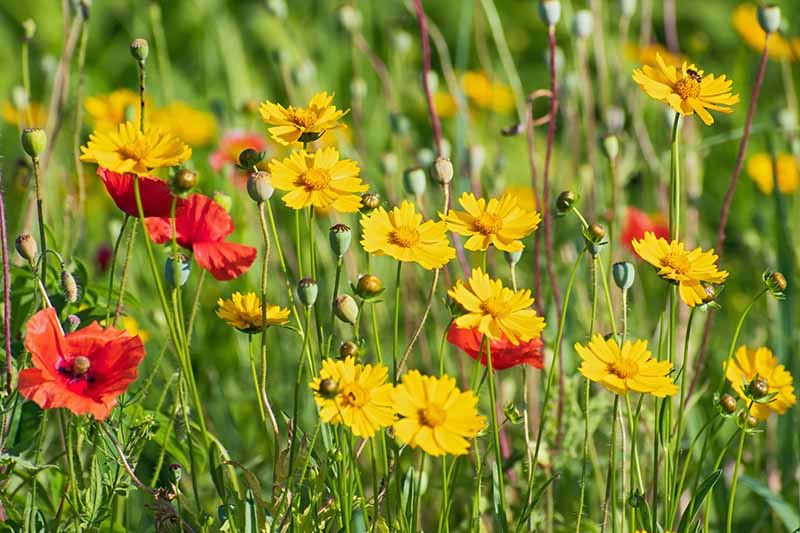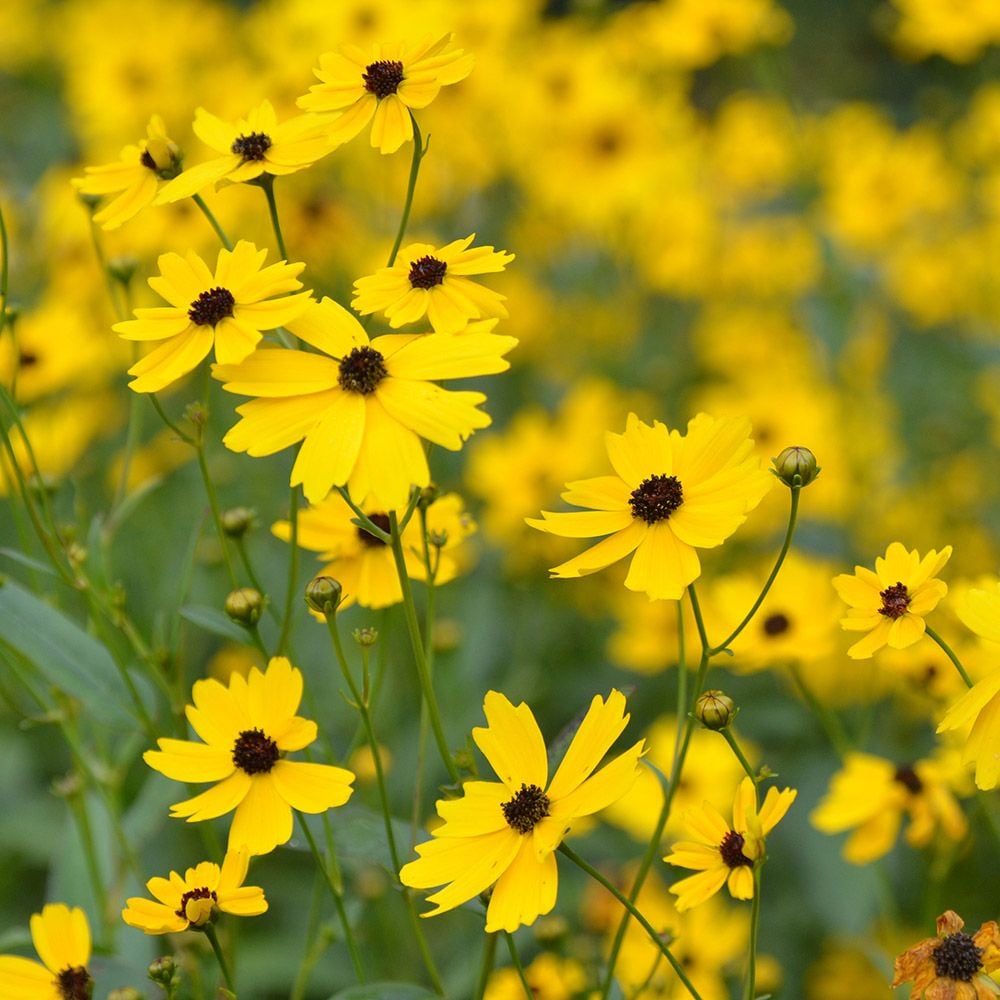Coreopsis Summer Sunshine: The Perennial That Blooms From Summer To Fall
Coreopsis Summer Sunshine is a beautiful perennial plant that blooms from summer to fall. It is a member of the daisy family and is native to North America. Coreopsis Summer Sunshine is known for its bright yellow flowers with dark centers. The flowers are about 2 inches in diameter and are held on long, slender stems. Coreopsis Summer Sunshine is a relatively low-maintenance plant and is easy to grow. It prefers full sun and well-drained soil. Coreopsis Summer Sunshine is a great addition to any garden and is sure to brighten up your landscape.
Introduction
Coreopsis Summer Sunshine is a versatile perennial plant that can be used in a variety of settings. It is a great choice for borders, meadows, and containers. Coreopsis Summer Sunshine is also deer-resistant, making it a good choice for gardens in areas with high deer populations.
Main Content
Planting and Care
Coreopsis Summer Sunshine is easy to plant and care for. It prefers full sun and well-drained soil. Coreopsis Summer Sunshine can be planted in the spring or fall. When planting, amend the soil with compost or manure. Coreopsis Summer Sunshine does not need to be fertilized often. A light application of fertilizer in the spring will help promote blooms. Coreopsis Summer Sunshine is drought-tolerant, but it will benefit from regular watering during the summer months.
Pests and Diseases
Coreopsis Summer Sunshine is relatively pest- and disease-free. However, it can be susceptible to powdery mildew in humid climates. If powdery mildew does occur, it can be treated with a fungicide.
Propagation
Coreopsis Summer Sunshine can be propagated by seed or division. Seed can be sown in the spring or fall. Division can be done in the spring or fall.
Harvesting
The flowers of Coreopsis Summer Sunshine can be harvested for cut flowers. The flowers will last for several days in a vase.
Conclusion
Coreopsis Summer Sunshine is a beautiful and versatile perennial plant that is easy to grow. It is a great choice for gardens in a variety of settings. If you are looking for a plant that will add color and cheer to your landscape, Coreopsis Summer Sunshine is a great option.
If you're interested in learning more about Coreopsis Summer Sunshine, I recommend visiting Home Gardening. This website has a wealth of information about this beautiful flower, including its care requirements, planting tips, and varieties.
FAQ of coreopsis summer sunshine
- When is the best time to plant Coreopsis Summer Sunshine?
The best time to plant Coreopsis Summer Sunshine is in spring or fall. If you live in a cold climate, you may want to wait until spring to plant, as the plant may not survive the winter if planted in the fall.
- How much sun does Coreopsis Summer Sunshine need?
Coreopsis Summer Sunshine needs full sun to partial shade. It will bloom best in full sun, but it can tolerate some shade.
- What kind of soil does Coreopsis Summer Sunshine need?
Coreopsis Summer Sunshine prefers well-drained soil. It can tolerate a variety of soil types, but it will do best in loamy soil.
- How much water does Coreopsis Summer Sunshine need?
Coreopsis Summer Sunshine is drought-tolerant, but it will need regular watering during the first year after planting. Once the plant is established, it will only need watering during periods of drought.
- How do I propagate Coreopsis Summer Sunshine?
Coreopsis Summer Sunshine can be propagated by seed, division, or root cuttings. Seed propagation is the most common method. To propagate Coreopsis Summer Sunshine by seed, sow the seeds in late winter or early spring.
- Does Coreopsis Summer Sunshine need to be deadheaded?
Yes, Coreopsis Summer Sunshine should be deadheaded to encourage continued blooming. Deadheading involves removing the spent flowers from the plant. This will help the plant to focus its energy on producing new flowers.
- What are some common pests and diseases of Coreopsis Summer Sunshine?
Coreopsis Summer Sunshine is relatively pest- and disease-free. However, it can be susceptible to aphids, spider mites, and powdery mildew. If you notice any pests or diseases on your plant, you can treat them with insecticidal soap or neem oil.
Image of coreopsis summer sunshine
10 different images of Coreopsis Summer Sunshine that are free to use:
- Coreopsis Summer Sunshine in full bloom. The flowers are a bright yellow color with a dark center.

- Close-up of Coreopsis Summer Sunshine flowers. The petals are smooth and slightly ruffled.
- Coreopsis Summer Sunshine in a garden setting. The plant is surrounded by other flowers, including marigolds and daisies.
- Coreopsis Summer Sunshine in a vase. The flowers make a beautiful addition to a home or office.

- Coreopsis Summer Sunshine in a pot. The plant is easy to care for and can be grown indoors or outdoors.

- Coreopsis Summer Sunshine in a field. The plant is a native wildflower and can be found in many parts of North America.

- Coreopsis Summer Sunshine in a meadow. The plant is a popular choice for pollinator gardens.

- Coreopsis Summer Sunshine in a butterfly garden. The plant attracts butterflies and other pollinators.

- Coreopsis Summer Sunshine in a container garden. The plant can be grown in containers, making it a great option for small spaces.
- Coreopsis Summer Sunshine in a mixed border. The plant can be mixed with other flowers to create a colorful border.
I hope you like these images!

Post a Comment for "Coreopsis Summer Sunshine: The Perennial That Blooms From Summer To Fall"